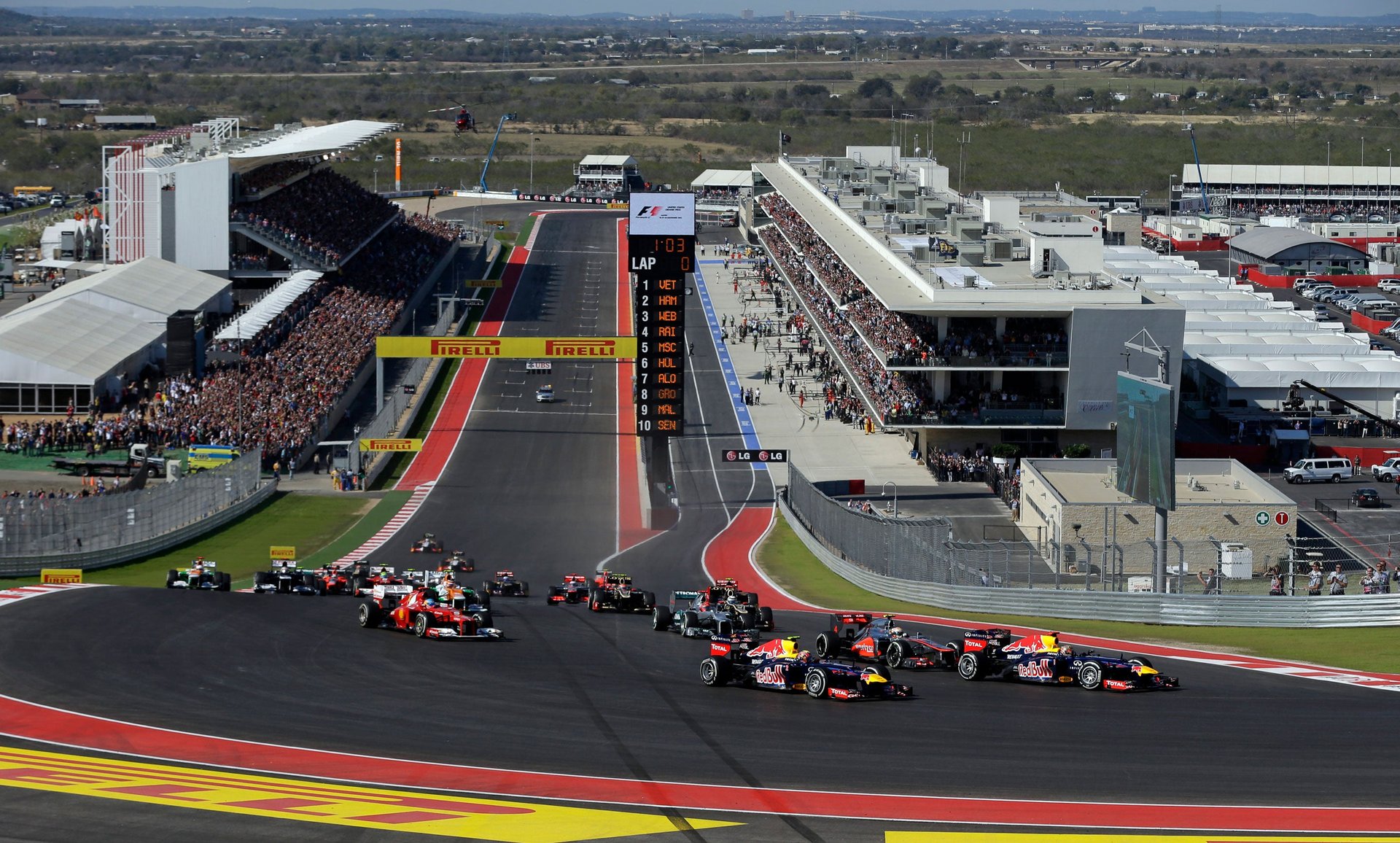Formula 1 is winning America’s hearts
The best time to attract the Americans may have finally come for Formula 1. The US Grand Prix starts today in Austin, Texas with practice and qualifying sessions. The race itself is on Nov. 3.


The best time to attract the Americans may have finally come for Formula 1. The US Grand Prix starts today in Austin, Texas with practice and qualifying sessions. The race itself is on Nov. 3.
The race is on the first track dedicated to F1 in the US. Inaugurated in 2012, it has successfully hosted six races. Haas, a North Carolina-based team entered the tournament in 2016. It’s the first American team in almost 40 years. The sport’s operator itself is now owned by an American company, Liberty Media. It bought the company in 2017 and listed it on the Nasdaq.
Netflix released a 10-episode documentary series in March on the 2018 F1 season, giving casual audiences unfamiliar with the sport exposure to F1’s charm.
It’s a notable change for a league where European-trained drivers race in cars mostly made by European manufacturers and engine providers for teams headquartered in Europe. The few US attempts at teams were short-lived.
The years of cultivating a dedicated fanbase in America seems to be working, figures show.
On Google, search interest around the sport peaked the week of March 9, 2019, when the documentary, Drive to Survive, was released.
The spike is especially notable because it came despite F1’s two top teams—Mercedes and Ferarri—declining to participate in the Netflix show.
Formula 1 has been promoting the sport in the US, and at the same time ESPN, the tour’s US broadcaster, has made races more easy to discover by sports fans. US viewership on traditional TV increased while worldwide viewership continued its decade-long decline (pdf, p. 31). ESPN saw 19% year-over-year gains in audience through the first 18 races aired this season. The increases broke the broadcaster’s viewership records for the sport multiple times this season. Viewers aged 18-34 grew the most, up over 81% from last year, according to ESPN’s spokesman Andy Hall.
Austin is preparing for a record-breaking audience this year. According to Bobby Epstein, the owner of the Austin track, Circuit of The Americas, reserved seats sold out four months before the race. The demand made him consider building new grandstands to accommodate the larger crowds.
Formula 1 wants to attract a young digitally-focused global audience who are increasingly willing to pay for online sports streaming. That’s a strategic shift from its prior focus on a traditional-TV watching European-centric fan base. The US market is contributing to the shift. Liberty Media launched its first subscription-based online streaming program—F1 TV—in May 2018. In the US, it costs $27 a year for access to its archived races and videos, and at $100 a year for live broadcasts. The company said that in October, its US-based users accounted for the largest share of unique visitors on its app and website. US fans were the second largest share of F1 TV subscribers of any country. These are outsized results, considering that the US ranked third in TV viewers of the sport globally last year.
Esptein, the Austin track’s owner, told ESPN in October that there were over 50 million “fervent” F1 fans in Europe, but less than 2 million in the US. The future looks promising. F1 recently reached an initial agreement to secure a second US race track, built around Hard Rock Stadium, the home of the Miami Dolphins. Netflix is making the second season of Drive to Survive, this time Mercedes and Ferrari will be featured.